Hi! Thanks for your question. This harness isn’t designed for full suspensions, but it works great as a supportive addition in partial suspensions. :)
Kahrin
Replied on Figure 8 Chest Harness | Tutorial
Replied on Self-Suspension Chest Harness | Class
Replied on Capture Neck Hug
Replied on Can You Get Out Of My Rope | Class
Replied on Wrap It Up
Replied on Ebi Hashira
Replied on Can You Get Out Of My Rope | Class
Replied on Handling Drills For Uplines | Slip Knots


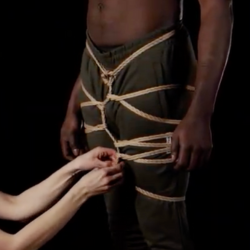





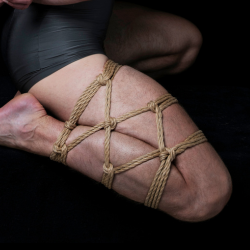
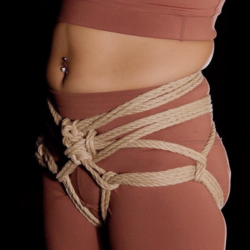



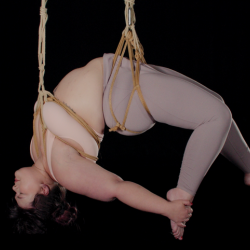

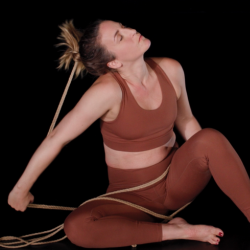





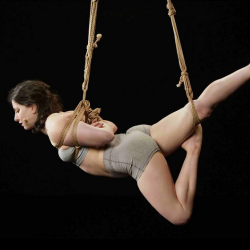
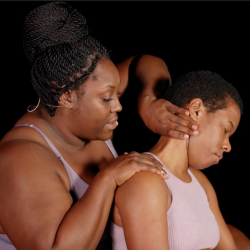



Replied on Session Opener | Demo
09 Jan 14:06
Thank you so much for your kind words! We're thrilled you found it inspiring. It means a lot to us to be able to share this with you ❤️